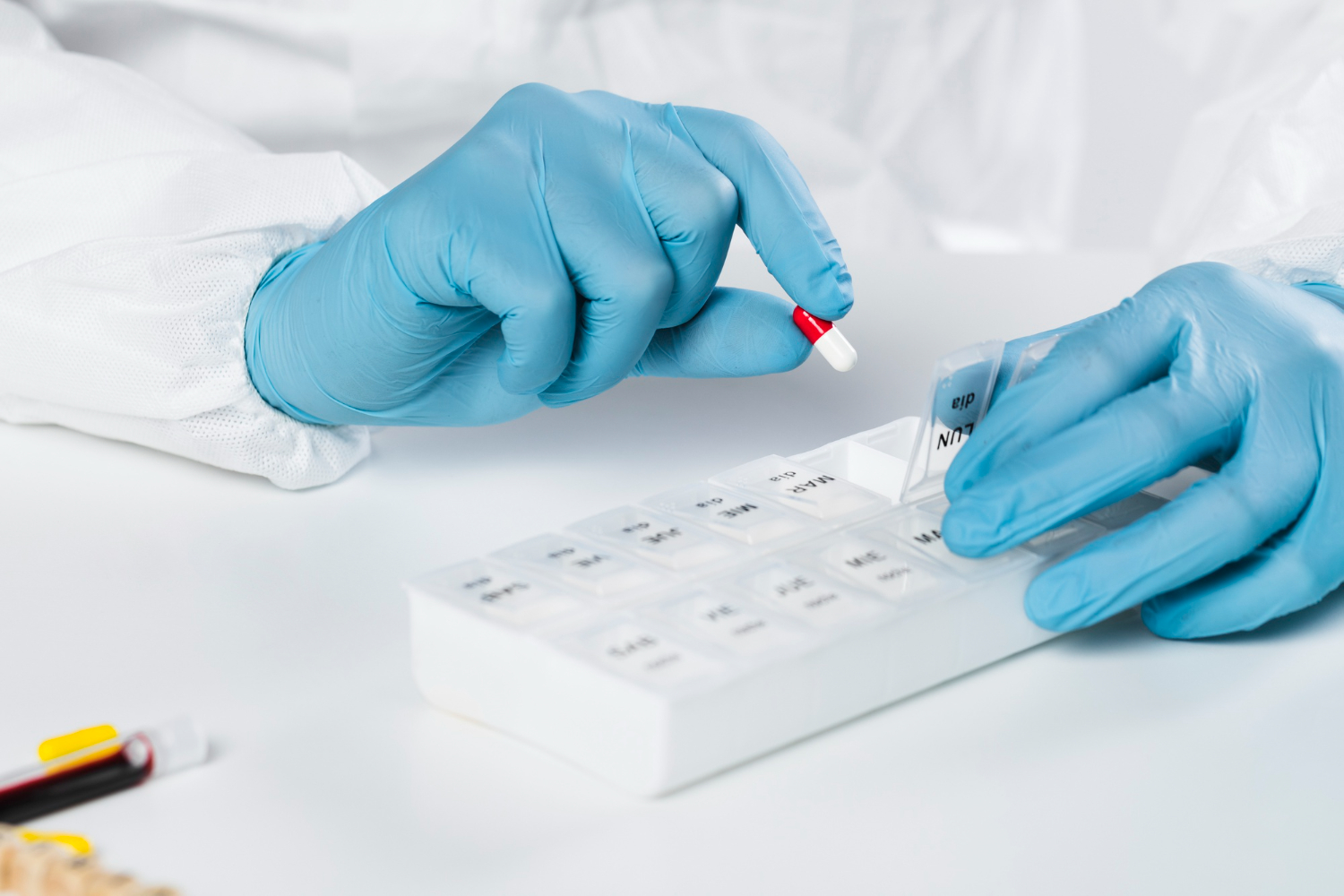The dot compliance consulting program keeps drivers, air travelers, and other transportation users safe. It’s crucial to keeping DOT-regulated workers safe and drug-free. Well-run drug testing programs help businesses comply with the law and make workplaces safer. Many firms make unintentional mistakes that can lead to regulatory violations or testing process issues. Don’t commit these mistakes if you run DOT drug testing.
Failing to Understand and Follow DOT Regulations
One of the greatest mistakes employers can make is not understanding or following DOT drug testing laws. The DOT’s guidelines are explicit; violators may face legal action, fines, or penalties. DOT drug testing rules require companies to use certified labs, observe chain of custody rules, and follow particular test processes.
Keeping the dot drug testing program guidelines updated and avoiding this mistake requires regular reviews. Understanding FMCSA, FAA, and other DOT regulations that affect your organization is crucial.
Not Using a Qualified Medical Review Officer (MRO)
Drug test results require an MRO to interpret. MROs guarantee testing runs efficiently, chain of custody is followed, and test results are accurate. If you hire an untrained MRO, they may misinterpret test findings, hurting your company’s drug testing program.
To prevent this mistake, make sure that your MRO is DOT-certified and has experience working with drug test results for regulated industries. A medical review officer (MRO) should be a qualified doctor with credentials and licenses. They also need to know the rules and guidelines the DOT has set up for drug tests.

Not Implementing Random Testing Properly
The DOT’s drug policy emphasizes random testing. However, many employers misinterpret this approach. According to DOT rules, random drug tests must be done openly and unbiasedly. Employers must pick workers randomly and on a regular, unpredictable plan to test them. If you don’t do this, you could face legal effects like fines and penalties.
Employers should use a random selection method that is truly random and not influenced by anyone to avoid making this mistake. Third-party companies often provide random drug testing services that meet DOT standards. This makes sure that the selection process is fair. It’s also essential to write down the steps you take to keep things open and to meet legal standards.
Improper Record Keeping
Dot compliance consulting programs need meticulous record-keeping, including keeping test results, writing down how the tests were done, and handling positive results. Employers must also keep records about the testing methods for a certain amount of time. If you don’t keep these records correctly, you might not follow the rules during an audit or inspection.
To prevent this mistake, make sure that all the paperwork related to drug tests is kept in the right place and is easy to access. Records must be kept for at least five years for favorable test results and for at least one year for negative test results. Setting up a safe and well-organized way to keep records will help with audits and running the program itself.
Conclusion
The dot drug testing program is integral to ensuring safety and compliance in businesses that care a lot about safety, like transportation. However, companies must avoid common mistakes if they want their drug testing programs to be honest and work. To avoid making mistakes that cost a lot of money, it’s essential to know and follow DOT rules, keep accurate records, do random tests correctly, and ensure leaders are trained. By carefully following all the rules, managers can ensure that their workplace is drug-free, which is good for health, safety, and productivity.

